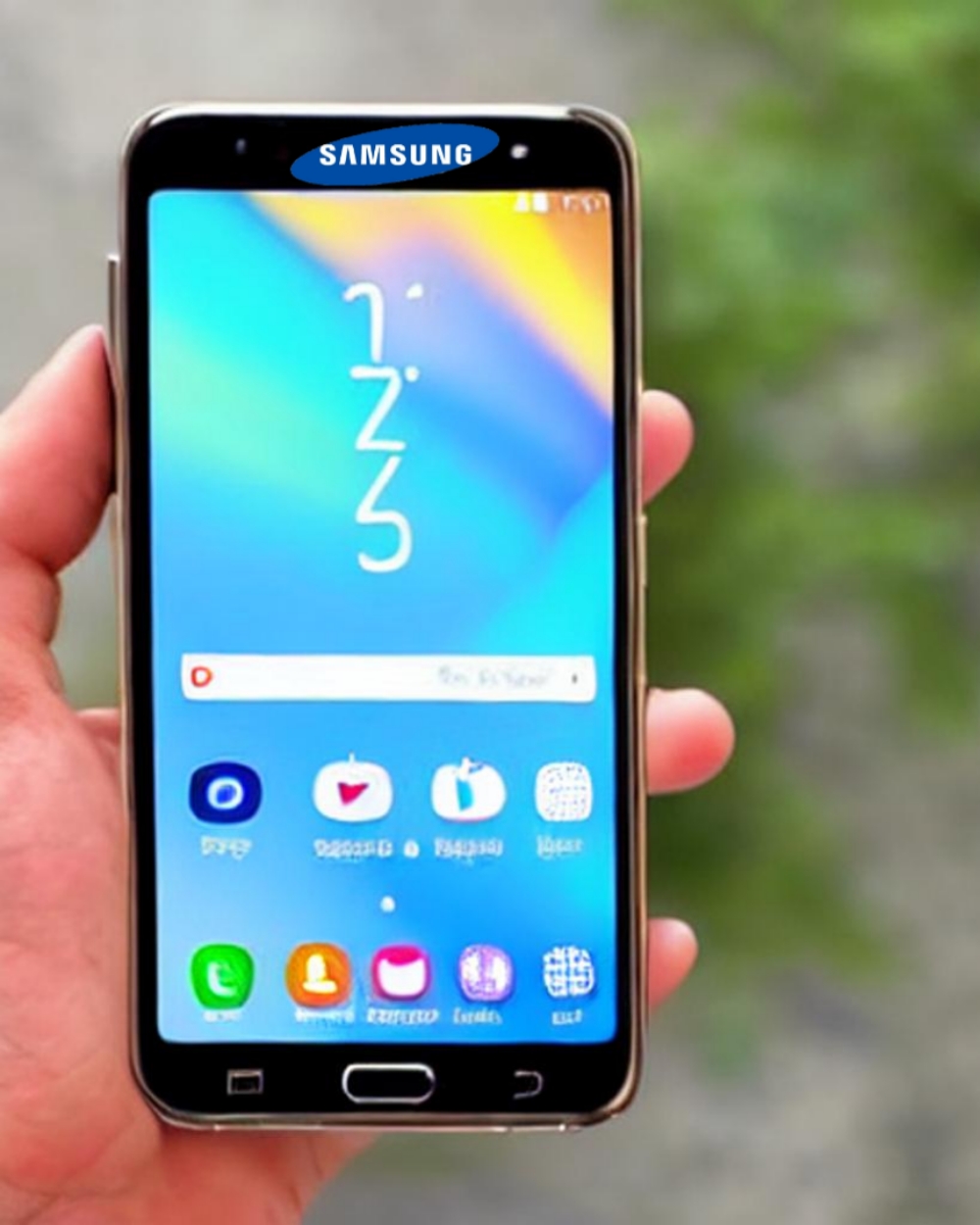Patent Lawsuit Judgement | Technology Law | Business
Introduction: Samsung Held Accountable in Lawsuit Judgement
In a significant setback for Samsung Electronics, a federal jury in Texas has ordered the company to pay US $191.4 million in damages after finding it willfully infringed two U.S. patents covering organic light-emitting diode (OLED) display technology. The case, brought by Irish-based Pictiva Displays International Ltd. (a subsidiary of Key Patent Innovations), marks another in a growing series of high-stakes patent trials targeting Samsung in the Eastern District of Texas. (Reuters)
The Facts: What the Jury Found
- The lawsuit, filed in 2023 under case number 2:23-cv-495 in the U.S. District Court for the Eastern District of Texas, alleged that Samsung’s wide array of products — including Galaxy smartphones, televisions, computers and wearables incorporated patented technology originally developed by OSRAM and asserted by Pictiva. (Investing.com)
- The two patents at issue are U.S. Patent Nos. 11,828,425 and 8,314,547, which cover innovations related to resolution, brightness and power-efficiency improvements in OLED displays. (Bloomberg Law News)
- The jury found Samsung both infringed and failed to demonstrate the patents’ invalidity, and determined the infringement was willful with a finding that enhances the risk of post-verdict enhancements or punitive measures. (Bloomberg Law News)
- Samsung has announced plans to appeal and has noted it has filed a petition with the U.S. Patent and Trademark Office (USPTO) seeking invalidation of the patents in question. (AP7AM)
Legal and Business Significance
1. Willful Infringement & Enhanced Liability
A finding of willfulness elevates the risk profile for Samsung significantly. Under U.S. patent law (35 U.S.C. § 284), willful infringement empowers courts to increase damages (potentially up to three times the award) and award attorneys’ fees. While the current award stands at $191.4 million, the willful finding opens the door to further exposure.
2. Verdict in Marshall, Texas — Known as “Patent Jury Central”
The Eastern District of Texas (particularly the Marshall division) has become a hotspot for patent litigation due to historically plaintiff-friendly practices and fast-moving dockets. Samsung’s latest loss there reflects the jurisdiction’s continuing significance in high-stakes IP litigation.
3. Broader Implications for Display Technology and Licensing
OLED display technology sits at the heart of modern premium-device markets (smartphones, TVs, wearables). A verdict like this underscores that foundational display-tech patents remain potent monetization tools and that large OEMs such as Samsung cannot assume immunity from enforcement, even when technology is seemingly “mature”.
4. Impact on Samsung’s Strategy & Financial Exposure
While $191.4 million is a relatively modest sum for Samsung’s scale, the cumulative effect of multiple adverse verdicts (Samsung has faced other nine-figure awards) raises strategic questions. These include how Samsung handles patent-licensing strategy, risk allocation for product lines, and appeals/settlement decisions. (Reuters)
What Samsung’s Defence Will Focus On
- Validity of the Patents: Samsung will likely continue its challenge of invalidity via the USPTO’s inter partes review (IPR) process — if successful, this could reverse or substantially reduce the award.
- Scope of Infringement / Reasonable Royalty: Samsung may argue that the jurors’ method for calculating damages lacked proper apportionment or that the asserted components form only a small part of the value of its products.
- Willfulness Standard: On appeal or remittitur, Samsung may seek to reduce the willfulness finding or argue that the conduct does not meet the “egregious” standard required for enhanced damages (as shaped by decisions such as Halo Electronics v. Pulse Electronics).
- Jurisdictional / Procedural Grounds: Samsung might raise issues about venue, the composition of the jury, or other procedural matters specific to the Eastern District of Texas docket.
Key Takeaways for IP & Tech-Industry Stakeholders
- Companies holding patent portfolios in display and adjacent technologies should see this verdict as a signal that even global OEMs are vulnerable to enforcement — and may want to reassess licensing, cross-licensing, and defensive strategies accordingly.
- OEMs and device-manufacturers must monitor their supply chains and component-licensing regimes more closely. Even if main processors or SoCs are licensed, patented display-component innovations can carry independent value and risk.
- Patent owners should consider the advantages of filing in favourable jurisdictions (such as Marshall) and structuring portfolios around foundational innovation, as legacy patents (e.g., OSRAM-developed) can still generate significant damages years later.
- The increasing frequency of large-scale awards may prompt greater attention from boards, corporate legal departments and risk managers especially in sectors where technology differentiation is sharp and IP exposure is high.
Conclusion
The $191.4 million verdict against Samsung illustrates the continuing potency of display-technology patents and the willingness of U.S. juries to hold even major OEMs accountable. While Samsung has announced its intention to appeal, the decision adds to a growing wave of IP enforcement that may reshape how device-makers structure innovation, licensing and litigation risk.
In short: for the global tech industry, this case says loud and clear, no matter how advanced or dominant you may be, ignoring patent risk is perilous.






